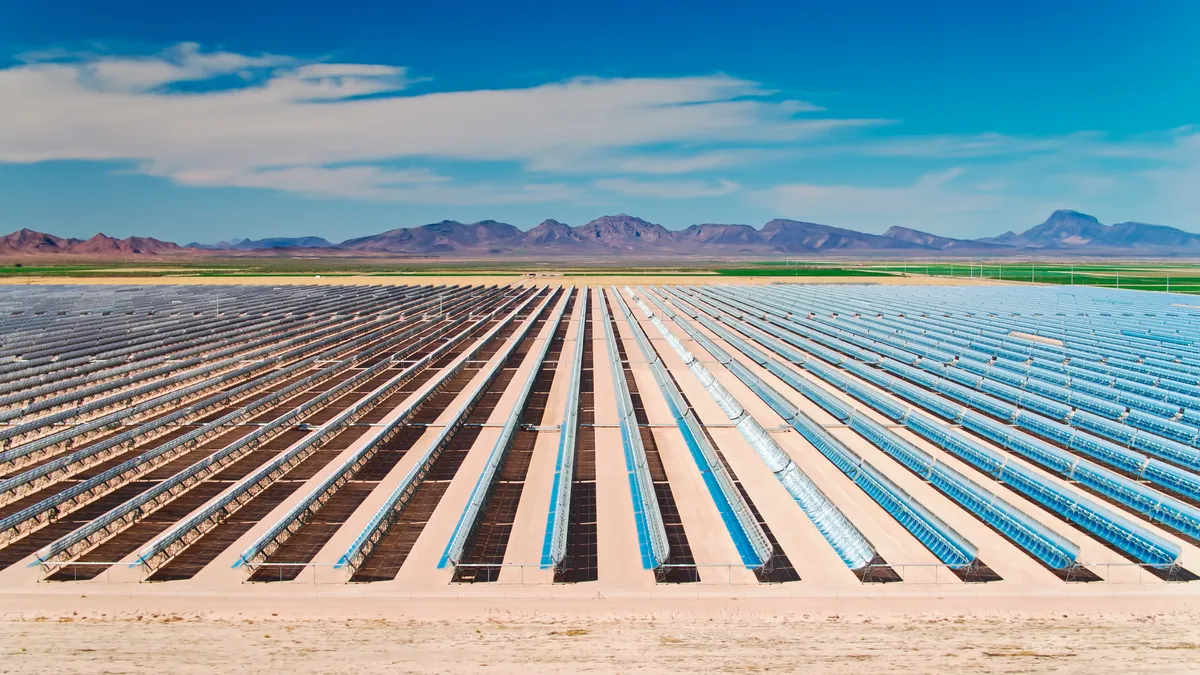Dive Brief:
- NextEra Energy is on track to sell $400 million in transferable tax credits in 2023, and expects to bring in $1.6-$1.8 billion in tax credit sales by 2026, chief financial officer Kirk Crews said during the company's third quarter earnings call on Tuesday.
- Sales of tax credits, made possible by the Inflation Reduction Act, are growing faster than expected, said Patrick Worrall, vice president of M&A solutions at energy marketplace LevelTen Energy.
- While it's no surprise that a developer as large as NextEra would want to monetize the tax credits associated with its projects, the real question is whether those tax credits will attract new capital to the market, or simply displace existing funds, Worrall said.
Dive Insight:
NextEra executives won a nod of approval from investors and markets this week after unveiling their plan to use newly transferable tax credits, among other mechanisms, to expand the company's renewable energy portfolio without a need to issue new equity or assume significant, high-interest debt.
But it remains to be seen, Worrall said, whether the billions of dollars NextEra believes it will make on the sale of its tax credits is a bellwether for the rest of the industry.
It's natural that renewable energy developers large and small will want to monetize the tax credits associated with their projects, Worrall said. But it remains to be seen who will be willing to buy them. And while Worrall said appetite for the purchase of tax credits does seem to be growing faster than analysts anticipated it might, the $400 million figure floated this week by Crews did not strike him as large enough to suggest the tax credit offerings have brought new players to the renewable finance market.
This remains a key question about the utility of the IRA's transferability provisions, Worrall said. Nationwide interconnection backlogs and access to capital are currently the two biggest hurdles developers face when building renewable projects. Transferable tax credits were intended to accelerate investment in clean energy by expanding the availability of capital, Worrall said, but for this to occur in practice they will need to bring money to the table beyond the roughly $20 billion that already circulates between renewable energy developers and financiers.
And NextEra will likely have an easier time attracting buyers than smaller developers, Worrall said. Developers who wish to sell tax credits will need to provide buyers with certain guarantees. NextEra's track record, and its investment grade rating, mean any tax credits it offers will appear far more attractive to investors.
“There's a lot of volatility right now, so three months or two months ago, I would have said, there's plenty of money out there,” Worrall said. “Now as we are getting volatility in the markets, that becomes an emerging big picture issue.”














